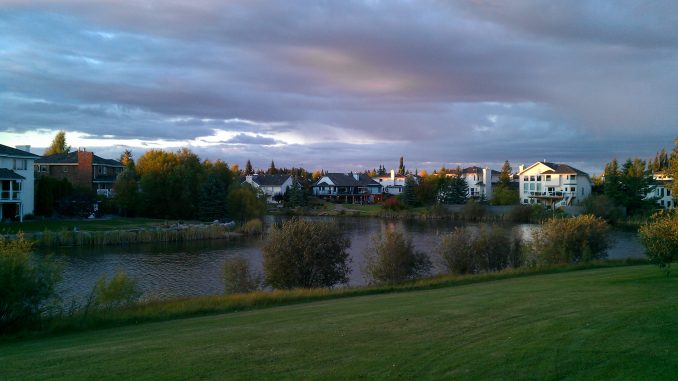
Every city has them – Man-made lakes, water reservoirs, and natural rivers and ponds – but how are these bodies of water being maintained?
Keeping these bodies of water clean and free of garbage, toxins, and naturally occurring algae is a necessity for health and safety, as well as for the city’s appearance.
This task is typically left to the city’s municipal government, who will ensure that proper steps are taken and that the methods being used are successful in keeping the city’s bodies of water up to a high standard of cleanliness.
Mechanical Maintenance
This refers to the man-made bodies of water, such as lakes and ponds, which may be for either recreational use by the public or solely for storm water retention.
The city will regularly check on, and repair or replace the equipment that helps maintain the pond, such as pumps, valves, wells, or even decorative fountains. It is important that this equipment works properly in order to effectively circulate and filter the water. A proper water management team is also essential when it comes to this type of maintenance.
Debris Clean Up
Another way the city will keep garbage and toxins out of the water is by sending out crews to clean the shoreline free of any debris or trash that may contaminate the water. Not only can these items release potentially harmful toxins into the water, they severely affect the appearance of the water and surrounding area.
Grass and Weed Maintenance
Cities will also have lawn maintenance workers that ensure the weeds and grass around these bodies of water do not get out of control. They keep the weeds to a minimum and will keep the grass at an appropriate level, not too overgrown but also not too trimmed, as grass is important in keeping the eco-system in balance.
Treating Aquatic Vegetation
Lastly, the city will be in charge of treating the waters vegetation. The type of treatment used will depend on what area of the pond is being treated and how deep it is. Along the shoreline and in shallow areas, the weeds may be cut out, and in deeper areas, herbicides are typically applied.
Certain types of vegetation, such as cattails, are left in tact along the shore, as they are important to the waters eco-system, and provide shelter and food sources for various mammals that call the water their home.
What Can You Do?
While the city is in charge of maintaining these waters, there are always ways in which you can help. If you are around public ponds, lakes, or rivers, please do not litter, and clean up after your pets. Garbage and animal waste both have negative effects on these bodies of water.
If your home backs onto a lake, you can do your part by keeping the grass along the shore at a longer length than your yard, leaving the cattails in tact, and reducing the amount of chemicals and fertilizers you use on your lawn.
It is up to everyone who spends time around these bodies of water to do their part in keeping them clean.

Leave a Reply